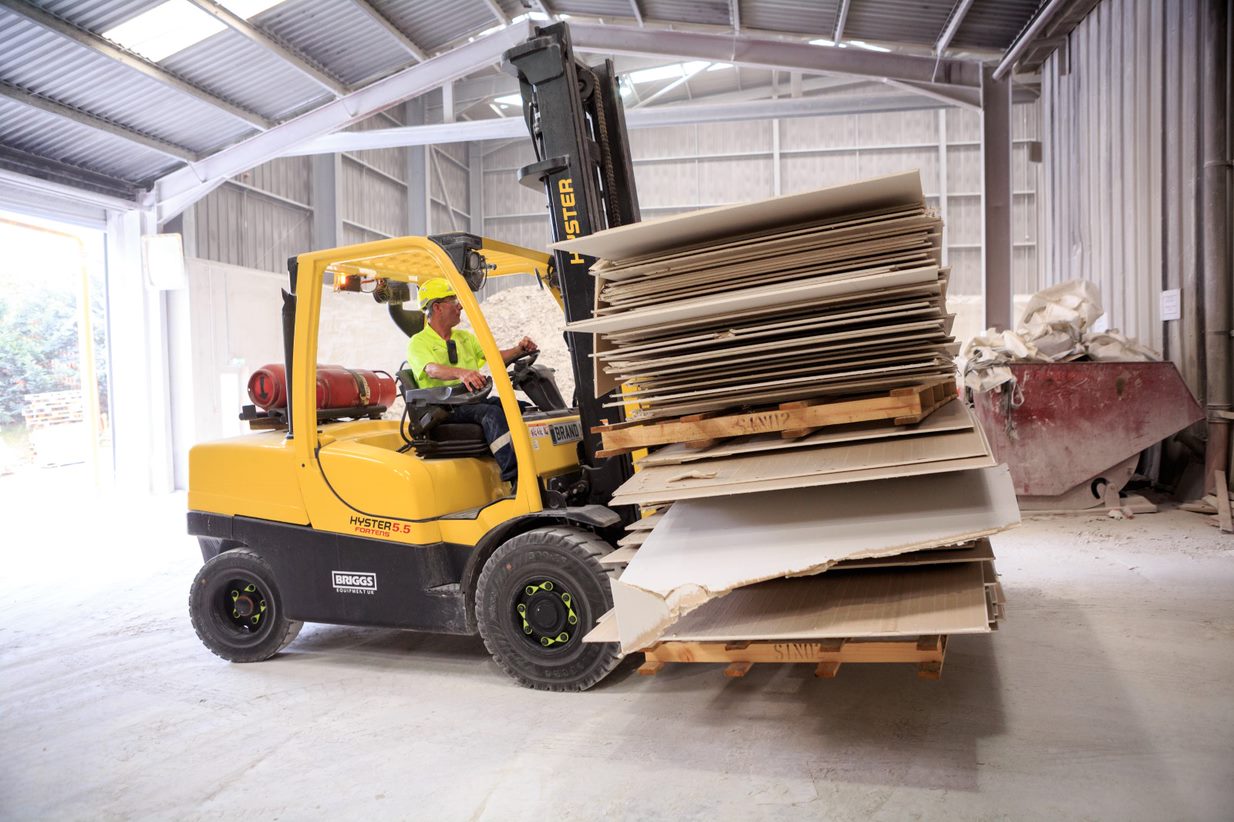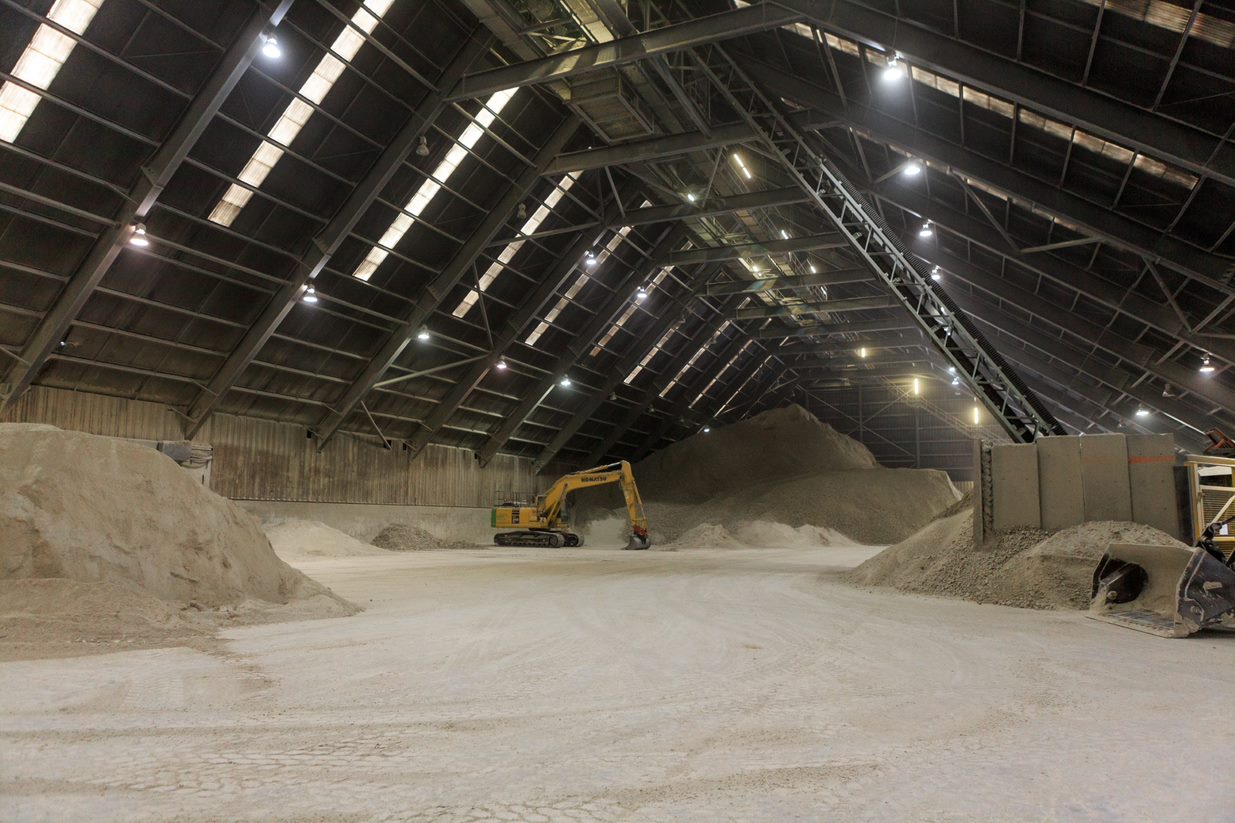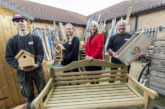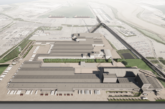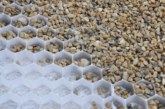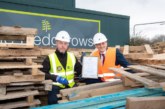PHPD discusses Etex’s commitment to using recycled materials with the group’s head of environment and sustainability, Stephen Hemmings.
In the UK, Etex operates under a number of different brands. Which ones would a housebuilder be familiar with?
Our Siniat brand, which manufactures drywall products and systems for partitions, ceilings, wall linings and external sheathing purposes, will be the one most familiar to a housebuilder. Siniat products are used in millions of properties across the country, helping to make homes warmer, drier, quieter and safer. Some may also be familiar with our Promat brand, which provides passive fire protection and insulation solutions.
What are some of the products Siniat offers?
One of our popular products with housebuilders is our GTEC dB Board – a soundboard which provides superior acoustic performance and is commonly used in bedrooms, offices and other rooms that require noise cancellation. Apart from this product, we manufacture other internal and external boards, frames, fixings, furnishings, sealants and adhesives. We also provide fully certified systems, including lining, partition, suspended ceiling and shaft wall systems.
Do you manufacture in the UK?
Our drywall products are manufactured in our plants in Bristol and Ferrybridge in West Yorkshire. Most of the raw gypsum we use originates from Spain with additional by-product gypsum sourced from the UK and Germany. However, increasing volumes of post-consumer gypsum are being used in our products and this is all collected from UK construction sites.
We measure our output in square metres and our annual production is around 60 million square metres. Annually we recycle over 120,000 tonnes of recovered gypsum.
Greater emphasis is being placed on the carbon emissions and sustainability of manufacturers within the construction industry. What is Etex doing on this front, especially in regard to gypsum use?
Sustainability has been embedded in Etex’s history since it was founded, and remains at the heart of our company values. In terms of gypsum use specifically, we are massively increasing our recycling efforts to ensure we can use more recycled content in our products. In 2020, over 120,000 tonnes of gypsum recovered from construction were recycled into new products for our Siniat brand and we expect to achieve post-consumer gypsum content of over 20% in plasterboard supplied this year, rising to 30% by 2025.
We want to encourage end users to reduce waste on site, which will have a direct impact on reducing project life-cycle carbon. There is sometimes confusion over the impact of recycling on the embodied carbon of the products we supply. Studies generally show little change with increased recycling in the manufacturing stage of the life-cycle. Our main objective for increasing the amount of recycled content in our products is to improve the circular economy.
In order to help us do this, we’re currently in the process of almost doubling the size of our current Bristol manufacturing plant. We also invested £2 million in a recycling installation at our Ferrybridge site in 2018.
Can you elaborate on the challenges facing manufacturers reusing gypsum in their products?
One of the main challenges is the fact that installed equipment tends to be designed and optimised for handling and treating virgin or by-product gypsum. Recovered gypsum behaves differently again, depending on the type of material it is. For example, powdered gypsum rock flows well through machinery, whereas synthetic gypsum can be sticky, meaning different equipment is required to deal with it.
For many manufacturers, ripping out and changing machinery would cost tens of millions of pounds, which is often not viable. So, we have invested heavily in research to ensure we have ways of blending different types of material into our products, as well as developing our capability to optimise the percentage of recycled material we can use, balanced against throughput and energy efficiency constraints.
Another core challenge is contamination with other materials, which is disruptive to productivity, meaning the cleanest possible sources from well-segregated collections are preferred. Here, training and awareness is needed at site level to ensure that nothing other than plasterboard goes in the plasterboard skip. It sounds simple, but it’s quite common for things like empty sealant packages to be thrown into these skips, which then slows recyclers down when having to separate this.
Finally, the fact that reused content can come from hundreds of different sites across the country poses a challenge, as the materials can vary from site to site. Again, this creates a new challenge of blending together materials that you might not have had in the past. Reprocessors working to achieve a consistent quality specification of product help to overcome this.
How do you manage that collection process?
Post-consumer plasterboard waste is most usually collected from new construction (off-cuts and damaged product) and strip-out from refurbished or end-of-life buildings.
The product is collected and segregated on site in bags, bins and skips and then goes to a plasterboard reprocessor, either directly or via a waste management company. The reprocessor crushes and screens the board waste, removing the paper liner. The resulting gypsum powder is classed as a product when the quality specification PAS109 is achieved.
To help streamline this process and ensure we have access to quality assured raw materials, Etex owns and operates Crucible Gypsum Recycling as a reprocessor, to provide sites with waste management solutions and Siniat plants with quality assured secondary gypsum material.
Etex used 18% recycled gypsum in its gypsum products in 2020, higher than the 10% stated goal. Is this a rate the company expects to maintain or even grow?
Our sights are most definitely set on huge growth in this area. We’re on track to hit over 20% of recycled gypsum in our products in 2021 and plan to further accelerate the amount we recycle as we head towards our 2025 ambition of including 30% recycled plasterboard within our products.
In terms of recycling gypsum, where does the UK stand in comparison to the rest of Europe?
The UK sector average for recycled gypsum in 2020 was 10.4% and while we don’t have the most recent comparison figures for the rest of Europe (and it does vary a lot from country to country) generally the UK is more advanced across the board when it comes to construction recycling. A significant factor is that cross-border transfers of waste are more difficult for an island nation compared to elsewhere in Europe. As landfill became increasingly scarce in the UK over the past 20 years, we had a head start on diverting and recovering this waste.


